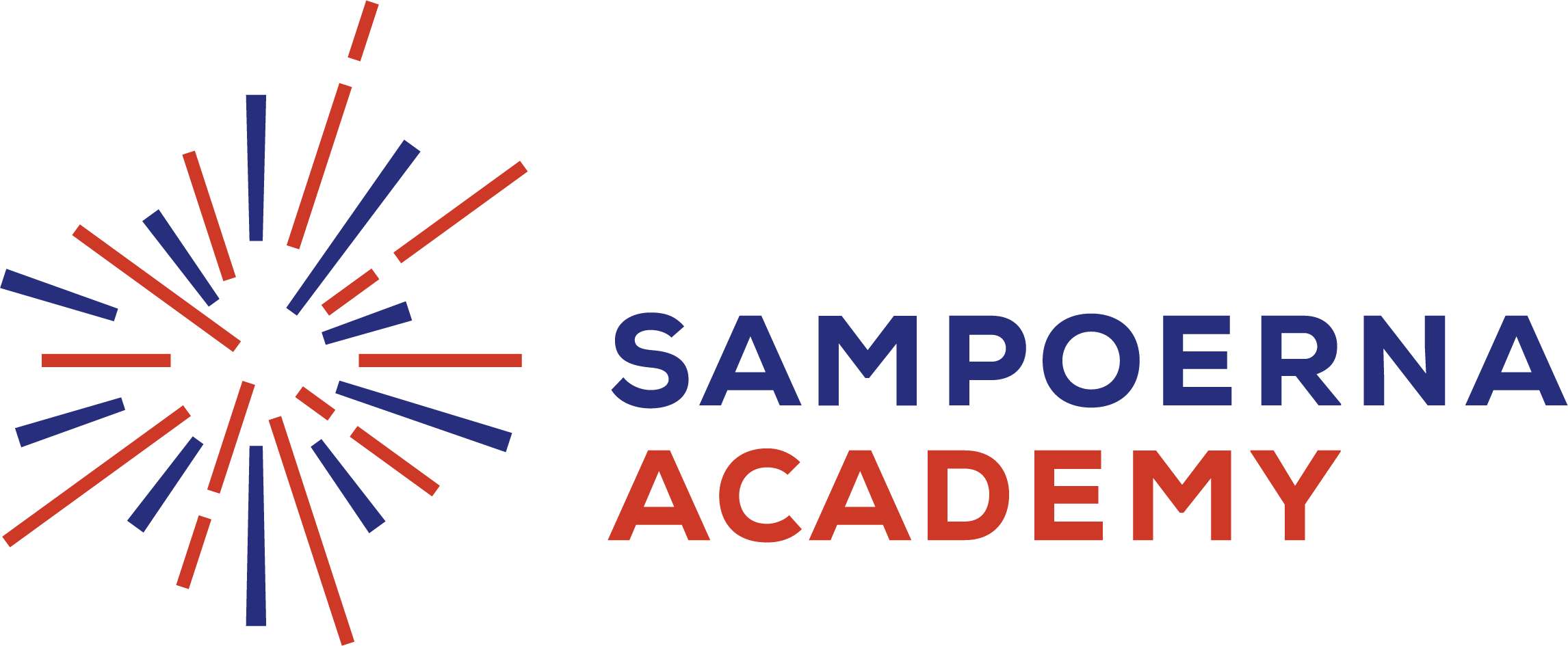Learning in school refers to acquiring knowledge, skills, and understanding within an educational institution. It typically involves students attending physical classrooms, where they receive instruction from teachers and engage in various educational activities. Schools aim to provide a comprehensive and structured educational experience that prepares students for further academic pursuits and equips them with the necessary knowledge and skills for their future endeavors.
Online learning provides a personalized learning experience, offering various interactive tools and multimedia resources that cater to diverse learning styles. It allows students to choose their preferred methods of studying, enhancing their understanding and retention of the content. Additionally, online learning is often cost and time-efficient, as it eliminates the need for commuting and allows students to save on expenses associated with attending physical classes.
Advantages and Disadvantages of Offline Learning Vs. Online Learning
Offline learning, or traditional classroom-based learning, offers its own set of advantages. One significant advantage is the face-to-face interaction between students and instructors. In a physical classroom, students can receive immediate feedback and clarification and engage in dynamic discussions with their peers and teachers. Additionally, offline learning provides a structured learning environment, with set schedules and curricula that provide consistent instructor guidance. It also offers practical learning opportunities, particularly in subjects that require hands-on demonstrations or experiments. Offline learning allows students to benefit from social interaction, fostering teamwork and communication skills through face-to-face interactions with peers.
However, offline learning also has its disadvantages. One notable drawback is the limited flexibility it offers. Students must attend classes at specific times and locations, which can create challenges for those with other commitments or irregular schedules. Offline learning is also subject to geographical constraints, as individuals may need access to educational institutions offering desired courses in their local area. Moreover, offline learning tends to be more expensive, with additional costs such as commuting, accommodation, and textbooks, making it a less affordable option for some individuals.
On the other hand, online learning has several advantages that make it an appealing option for many students. One significant advantage is flexibility. Online learning allows students to access course materials and complete assignments at their own pace and convenience. This flexibility is particularly beneficial for individuals balancing their studies with work or family responsibilities. Online learning also offers accessibility, eliminating geographical barriers and enabling students from any location to access education.
Online learning has its disadvantages as well. One major drawback is the limited face-to-face interaction between students and instructors. The absence of immediate in-person interaction can make it challenging for some learners to ask questions and engage in discussions. Furthermore, online learning requires self-motivation and discipline, as students need to manage their time effectively and complete assignments without direct supervision. Another potential disadvantage is the limited hands-on experience. Certain subjects, such as lab-based sciences or practical skills, may be challenging to replicate online, limiting the suitable learning opportunities available to students.
In conclusion, online and offline learning has unique advantages and disadvantages. Online learning offers flexibility, accessibility, personalized learning experiences, and cost and time efficiency. However, it lacks face-to-face interaction and hands-on experiences. On the other hand, offline learning provides immediate interaction, structured environments, practical opportunities, and social interaction, but it has limitations regarding flexibility, accessibility, and higher costs. The choice between online and offline learning depends on individual preferences, the subject being studied, and the specific circumstances of the learner.
Sampoerna Online Academy
Sampoerna Academy Surabaya philosophy encourages students to inquire, explore, innovate, and communicate, providing vital skills required for leadership in Indonesia and abroad. Coupled with internationally-recognized academic credentials, we are equipping our students to compete and succeed at every stage of life. With the advent of the information age available at our fingertips, our job as a school is to teach our students “to learn how to learn.”
Sampoerna Academy Online is a fully online learning program in collaboration with Sampoerna Academy, a leading international school and pioneer of the STEAM (Science, Tech, Engineering, Arts, and Math) learning methodology in Indonesia.
Sampoerna Academy Online uses CANVAS – the world’s leading learning management system used by world-leading educational organizations such as Harvard, MIT, Stanford, Yale, Oxford, K-12 institutions in 50 states in the US, and many more.
Sampoerna Academy Online offers a comprehensive learning experience with the same world-class qualities and is student-centered. The school specializes in providing STEAM and project-based international education, focusing on a tailor-made Cambridge IGCSE curriculum to produce employable graduates ready to advance their studies to the Top 100 Universities in the world.
Are you interested in online learning in the style of Sampoerna Academy? Immediately register to take part in admitting new students for the 2023-2024 academic year here. Our Recruitment Team will contact you soon to provide more detailed information.
Download Sampoerna Academy Booklet for Free!





